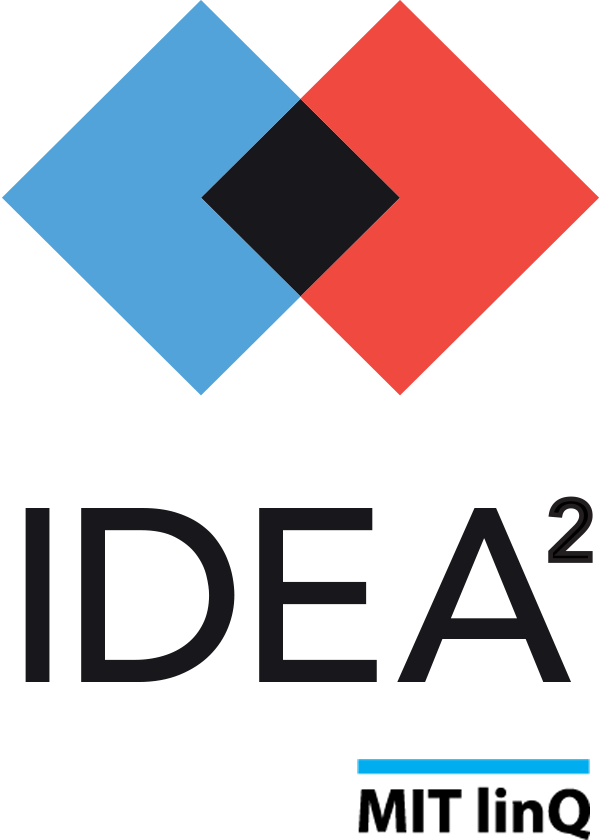
The 2019 cohort of teams are developing new health technologies for conditions as diverse as depression, colon cancer, and asthma. Read the news announcement introducing the teams.
2019 Teams
Astrodepressants
Do you know anyone suffering from depression? what most people don’t know is that only 50% of them respond to available treatments. We have developed novel antidepressants, called astrodepressants, that could treat the over 50% of patients suffering from depression that do not respond to current treatments. This is because they act on a novel target in a cell different from neurons, known as astrocytes. Its antidepressant effects are as fast as ketamine (less than 10 min) but without its side effects.
Project lead: Jimmy Stehberg
Biogellics
Biogellics is developing a coating technology that enhances tissue integration. No more implants failure, better osteointegration, FDA approved materials.
Team: Anna Mas Vinyals, Laura Figueras, Salvador Borrós
EcoHydros
Current techniques for monitoring aquatic biodiversity are conditioned and imprecise. Ecohydros offers a highly sensitive method based on eDNA. Almost 80% of marine species are still to discover and with them maybe the cure of many diseases. Mainly because the detection of key species in aquatic ecosystems is tedious, conditioned, biased and imprecise. Specially, those that are in low densities (endangered species or early stages of biological invasions) or when they are difficult to sample (pathogens or elusive species). Ecohydros offers a highly sensitive, non-invasive method based on eDNA that will allow to detect the unseen in aquatic ecosystems.
Project lead: Laura Miralles
EPP Light Dosimeter
If you’re like most people, you enjoy the sun, and you miss it if it’s gone for days or months at a time. But did you know that some people’s skin can’t tolerate sunlight? For patients with erythropoietic protoporphyria (EPP) who live with severe, painful photosensitivity, our team will develop novel digital biomarkers to support disease monitoring and to serve as clinical trials endpoints. Using a wearable light dosimeter, we will quantitatively measure light exposure. Simultaneously, using the hand-held device that measures fluorescence, we will quantify the cutaneous accumulation of EPP’s light-reactive chemical called protoporphyrin. Developing and testing these digital biomarkers will empower patients to take control of their own disease and will bring new therapies to patients.
Team: Amy Dickey, Candace Colbert
HEALD
HEALD is designing a wristwatch tool to catch early hepatic encephalopathy flares at home for patients with cirrhosis. More than 115,000 admissions occur yearly in the US for patients with cirrhosis due to flares of hepatic encephalopathy (HE). Approximately 40% of these admissions could be prevented due to early detection and treatment of HE flares. Currently there is no practical way of tracking HE progression in its early stages. We present an app-based wristwatch tool to passively monitor sleep and movement patterns to predict with a machine-learning algorithm early HE progression for patients with cirrhosis and their caregivers, to prompt timely clinical intervention to reduce hospital admissions.
Team: Thomas Wang, Xing Li
Inhibitec Anticuerpos
Inhibitec-Anticuerpos plans to position B101.37 as a new, gold standard therapeutic option in the management of Psoriatic Arthritis.
Team: Gabriel Mesquida, Ramon Merino
ME Therapeutics
Colon cancer patients have poor responses with current immunotherapies. New second-generation combination therapy offers new hope for their survival. Colon cancer patients respond weakly to available immunotherapy drugs and have poor outcomes. The abundance of immunosuppressive cells within colon cancers makes them resistant to current immunotherapies. Moreover, first-generation drugs bolster the function of cancer-killing T cells but leave immunosuppressive cells unchecked. Therefore, a two-pronged approach of enhancing T cell activity and knocking down immunosuppressive cells is necessary to generate effective anti-tumor responses. We will empower immuno-therapy against resistant tumors through synergy with new drugs that deplete immunosup-pressive cells.
Team: John Priatel, Salim Dhanji
miR-Based Therapy (MImoPancreas)
MImoPancreas will revolutionize the current state-of-the-art for pancreatic cell replacement. It is an encouraging solution to make possible the regenerative medicine in Type 1 Diabetes. Type I diabetes is a devastating autoimmune disease, with no cure, now managed by lifelong insulin injections. Although promising, Regenerative Therapies are still showing a number of limitations and therefore, narrow success on this disease. Using our novel microRNA-based technology, we offer MImoPancreas: an encouraging solution to those issues, that will revolutionize the current state-of-the-art for pancreatic cell replacement.
Team: Ana Filipa Batalha Martins, Carolina Pola, Maria Salazar Roa
MODEL1
Nowadays, people affected by impaired ambulation share their whole lives with fear of instability, falls and injuries. The MODEL1, a new generation rolling walker made by DARWIN Biomedical, enhances traditional walking aids by understanding user needs and providing a compensating action to the walker via smart-driven wheels. Compared to common ambulatory aids, such as canes or wheelchairs, our smart rolling walker provides a far superior and safer user experience by preventing and avoiding falls and assisting the user during their daily activities. Investing in our device will empower users to be more functional and independent in their daily lives. This will reduce costs from falls and injuries and make DARWIN Biomedical a very profitable and truly user-centered company with unique smart-driven tools for mobility.
Team: Adrian Jimenez Loygorri, Alberto Estella Ruiz, Ivan Aguirre Calcvia
N-Durer
Did you know that USA was 2 minutes behind of winning the last Boston Marathon? We can fix that. We developed a wearable respiratory tracker that allows athletes to measure and optimize their endurance performance while training, rather than undergoing multiple laboratory exams in a sports clinic. We do this by tracking respiratory activity and detecting ventilatory thresholds through ML processing, telling the athlete he or she is about to burn out, so they can adjust their pace. With this we want to give access to ventilatory analysis to a wider audience that currently just can’t get it done.
Team: Daniel Hurtado, Vader Johnson
PAT-U-PAMI
Microneedles could painlessly and accurately substitute hypodermic needles in asthma treatment, the most prevalent chronic respiratory disease in children. Asthma is the most prevalent chronic respiratory disease worldwide. In childrens, it is the most common chronic disease, affecting 8-10% worldwide. One of the current effective treatment is to inject omalizumb every 2-3 weeks which is painful, causes bleeding, an increased risk of infection, and needs to be administered by a trained clinician. Our microneedle patch eliminates the need of hypodermic needles and is relatively painless, accurate, and simple for even a parent to use for managing paediatric asthma conditions.
Team: Veronica Miguel Herranz, Vinaya Kumar Kadayra Basavarajappa
Script Health
Script Health is a secure pharmacy service that provides easy access to essential and life-saving medications to improve health equity.For people in America it’s a challenge to get easy access to the life-saving medication Naloxone. Today their best option is to visit a doctor, and then a pharmacy to obtain this drug, which because of costs, time, stigma, and other potential barriers can be very costly, or unlikely to occur. This can lead to poor outcomes such as hospitalizations, or even death. Thus there is a need to provide easy and streamlined access to the life-saving medication. If this were solved there would be a decrease in unwanted outcomes, such as hospitalizations, and deaths due to preventable conditions. Solving this need can be achieved by creating a secure, online platform that allows for easy and affordable access to these medications, and will be demonstrated by people’s ability to purchase these medications online, using their insurance, or other methods of payments.
Project lead: James Lott

